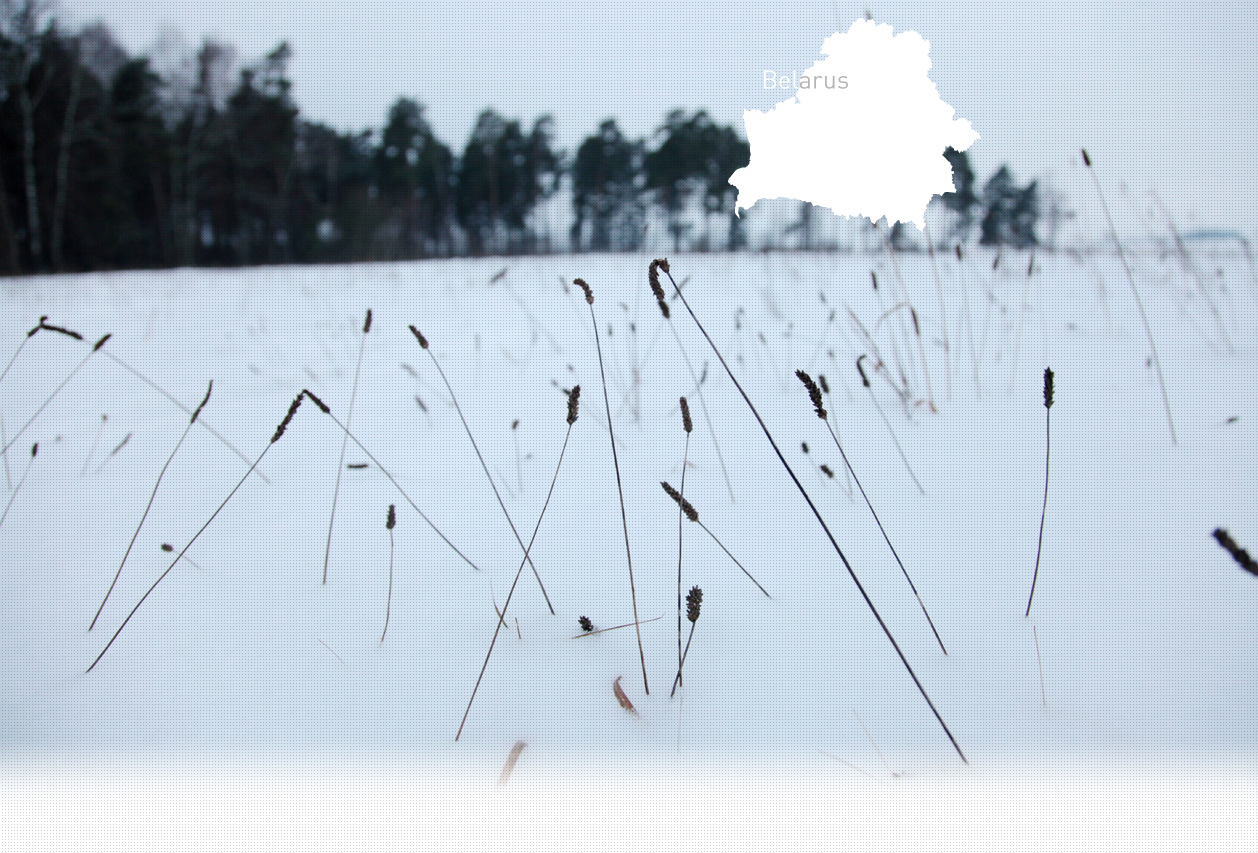

2 Killing site(s)
Irina B., born in 1938: “Once the Jews had been shot, one wounded Jewish boy came to our house. My father took him home. He dug a small pit in our barn and he stayed hiding in there. I was 10 or 12 years old at the time, but I still remember when I woke up in the morning that my mother was going to bring him food and water. Later, I saw a doctor coming over. He was a good friend of our family. He must have come to check the boy’s wound. After the war, my father told me that it was a Jewish boy and that he hid at our house for several days. But when it became too dangerous for him to stay, he was taken to the forest where he joined the partisans. He survived the war and came back to the village to say thank you to my father after the war. His name is Zelya. After that he immigrated to Israel. ” (Testimony n°82, interviewed in Glubokaya, on July 22, 2008)
“All the remaining Jews were told that they were not in danger anymore and that they could come back and stay in the ghetto in Glubokoye. The Germans declared that they would keep them safe. Of course, we suspected that we were going to meet the same fate. We were detained in the ghetto for eleven months. There were 3,500 inmates. When we were in Glubokoye, as had happened in Sharkovshchina, the Germans stole our valuables and our belongings. We gave them everything we had. But we still had a faint hope that we would be spared. In July or in August, 1943, the head of mobile squad V. organized a pogrom in the ghetto of Glubokoye. There, they murdered almost everyone. According to some sources, only 120 Jews out of 3500 survived, including me. The ghetto was surrounded by Germans with submachine guns. The shooting started. A flammable liquid was dumped from a plane. Over 1000 Jews were burned. The Jewish escapees and I joined the partisans and led the fight against the German invaders. [Interrogation report made on April 4, 1945, by the State Extraordinary Commission. RG 20.002M. Fond 7021, Opis 92, Delo 212]
Glubokoye is located 180km west from Vitebsk and 146km north from Minsk. The Jewish community of the town dates back to the 18th century when it numbered 755 individuals. In the late 19th century, six synagogues were built in the town and the Jewish population increased to 3,917 residents (70% of total population). At the beginning of the 20th century, there were two private Jewish academies. The Jewish population suffered from pogroms in 1915 carried out by the Russian Army. There was also one commercial academy in the town, a Jewish newspaper, library, hospital, and even a football team. The majority of Jews lived off the lumber trade, farm products as well as handcrafts. On the eve of the war, circa. 5,500 Jews in the town according to the census. The town was occupied by the Germans on July 2, 1941.
The first shooting took place immediately after the Germans’ arrival. In the first days of the occupation, several Jews that were accused of being communists were shot. Shortly after, the Judenrat (Jewish Council) was established. From this time the Jews were forced to perform forced labor. During the labor, the Jews were guarded by Germans and local policemen who abused and humiliated them. On October 22, 1941, a ghetto was created in Glubokoye where all the local Jews were confined along with the Jews who lived in nearing areas such as Sharkovschchina, Postavy and Plisa. The ghetto was composed of a couple of streets and numbered circa. 5,800 inmates. Several families were forced to share a single room. Its territory was surrounded by barbed wire and a wooden fence. The Jews could only leave the ghetto during work hours and they were always escorted by Germans.
On March 25, 1942, the shooting of 105-110 Jews was conducted by the local police. After that the ghetto was reduced in size. During this period, circa. 800 Jews were taken to the ghetto from nearby villages. Another shooting took place in May 1942 and was conducted by the German Security police who had come to the town for this specific task. Circa. 20 Jews were killed.
From June 18 to 19, 1942, during the first liquidation wave of the ghetto, circa. 2,500 Jews not deemed fit to work were taken to the Borek forest, located about 1km away, and shot over the course of two days. After this Aktion, only 2,200 Jews remained in the ghetto. According to the archives, one hundred more arrived shortly after from hiding, they had been promised that their lives would be spared.
In the autumn of 1942, a resistance group was organized in the ghetto with the help of partisans who were preparing an action against the Germans. During the attack organized by the partisans on August 17, 1943, over 70 Germans and collaborators were killed. Fearing future attacks, on August 19, 1943, the Germans began the liquidation of the ghetto by setting the houses on fire and killing anyone who attempted to escape. Only one hundred Jews from the ghetto survived the Holocaust.
Do you have additional information regarding a village that you would like to share with Yahad ?
Please contact us at contact@yahadinunum.org
or by calling Yahad – In Unum at +33 (0) 1 53 20 13 17